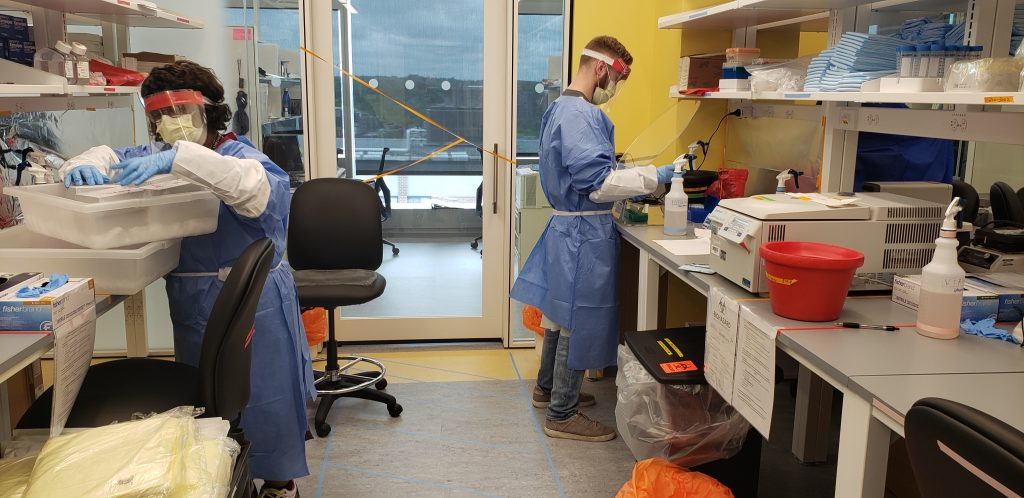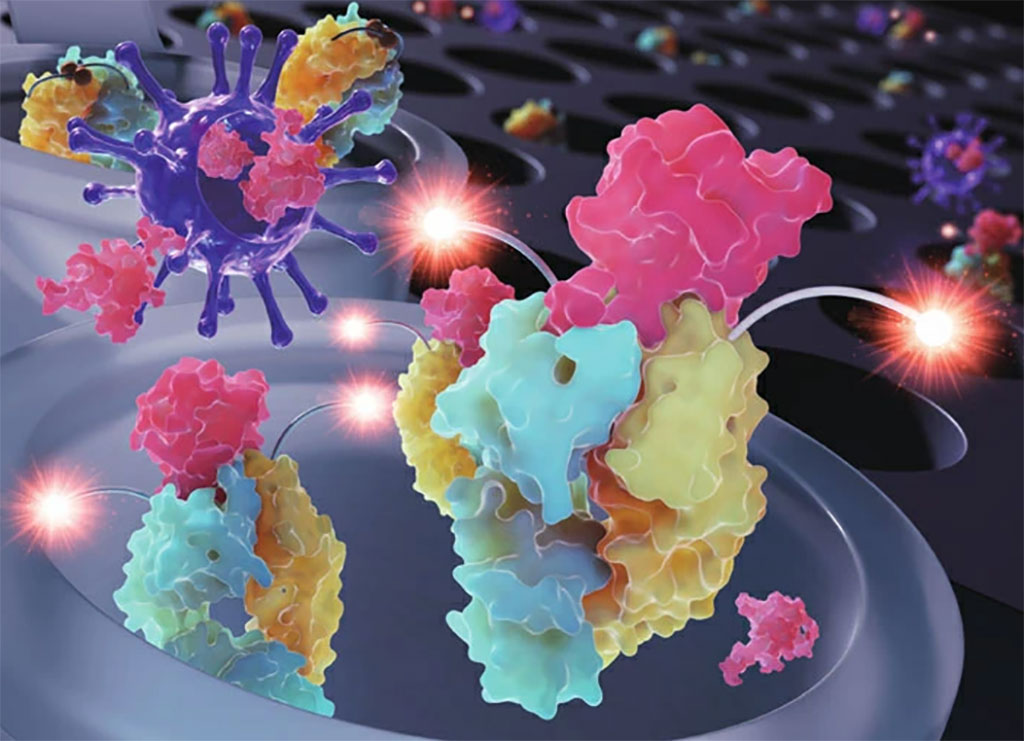Sputum Testing Has Significantly Higher COVID-19 Detection Rate than Oropharyngeal Swab Testing
By LabMedica International staff writers
Posted on 27 Jul 2020
Among the three approaches to collecting specimens, including sputum, nasopharyngeal (NP) swabs and oropharyngeal swabs, sputum testing has been found to detect the RNA of the virus that causes COVID-19 at significantly higher rates while oropharyngeal swab testing had lower rates.Posted on 27 Jul 2020
NP swabs, which require inserting a long shaft into the nasal cavity to collect a sample from the back of the nose and throat, are currently the gold standard for collecting a specimen for diagnosis. However, the procedure is technically challenging, often uncomfortable for patients and requires personal protective equipment that may be in short supply. Oropharyngeal swabs are collected by inserting a shaft through the mouth; and sputum samples are generally collected by having a patient cough deeply to produce and expel phlegm. Not all patients are able to produce a sputum sample; for such patients, a nasopharyngeal swab may be the best collection method. These approaches to collecting specimens have been tested in small studies, although there is uncertainty about which method is best for detecting the virus.

Image: Sputum Testing Has Significantly Higher COVID-19 Detection Rate than Oropharyngeal Swab Testing (Photo courtesy of Photo courtesy of Brigham and Women’s Hospital)
Investigators from the Brigham and Women’s Hospital (Boston, MA, USA) conducted a systematic review and meta-analysis, analyzing data from more than 3,000 specimens to compare the three approaches. For their study, the researchers scoured the literature, both preprints and published papers, for studies that assessed at least two respiratory sampling sites using an NP swab, oropharyngeal swab or sputum. From more than 1,000 studies, they identified 11 that met their criteria. These studies included results from a total of 3,442 respiratory tract specimens. The team examined how often each collection method produced a positive result.
The team found that sputum testing detected the RNA of the virus that causes COVID-19 at significantly higher rates while oropharyngeal swab testing had lower rates. Regardless of the collection method, the earlier samples were collected after symptoms began, the higher the detection rate. For NP swabs, the rate was 54%; for oropharyngeal swabs, 43%; for sputum, 71%. The rate of viral detection was significantly higher in sputum than either oropharyngeal swabs or NP swabs. Detection rates were highest within one week of symptom onset for all three tests.
“The accurate diagnosis of COVID-19 has implications for health care, return-to-work, infection control and public health,” said corresponding author Jonathan Li, MD, a faculty member in the Division of Infectious Diseases at the Brigham. “Our gold standard in and out of the hospital is the nasopharyngeal swab, but there’s a lot of confusion about which sampling modality is best and most sensitive. Our study shows that sputum testing resulted in significantly higher rates of SARS-CoV-2 detection and supports the use of this type of testing as a valuable method for the diagnosis and monitoring of COVID-19 patients.”
Related Links:
Brigham and Women’s Hospital














